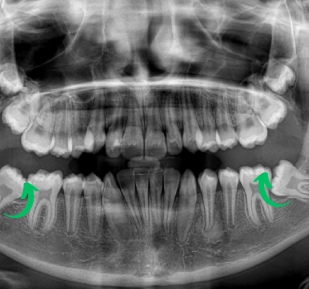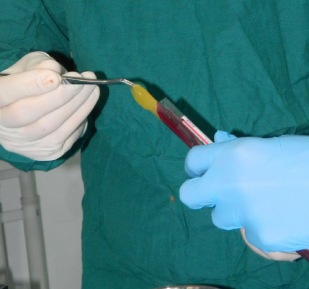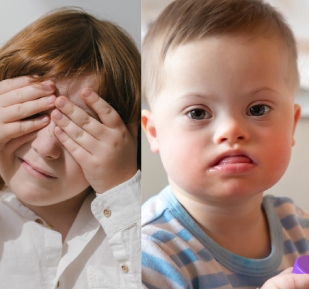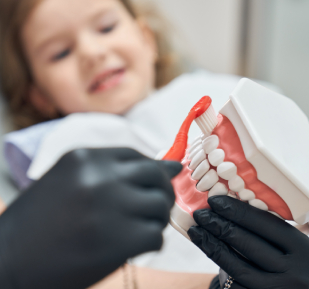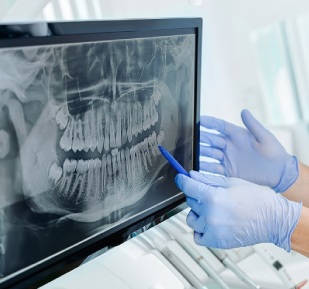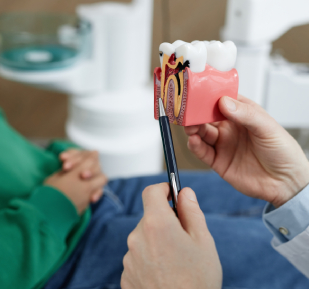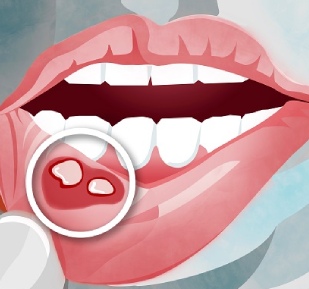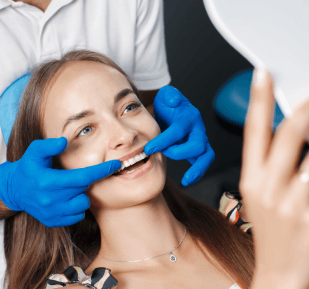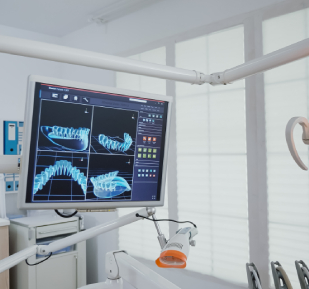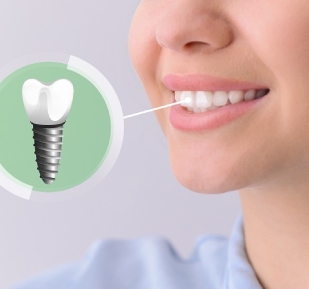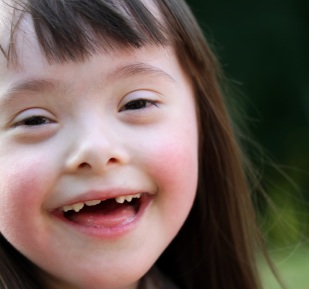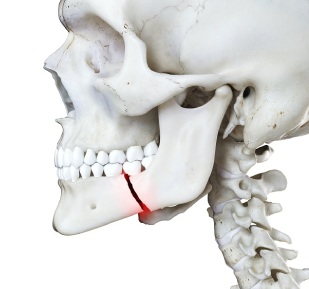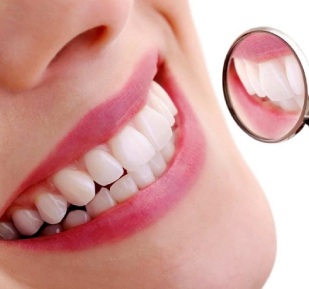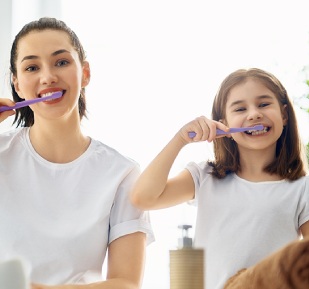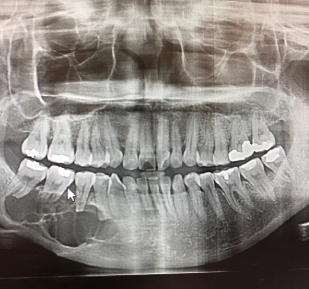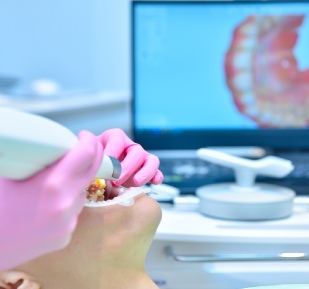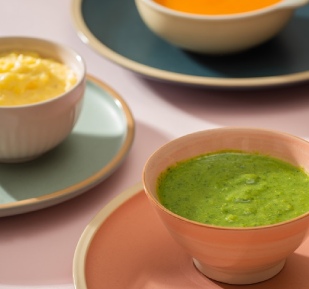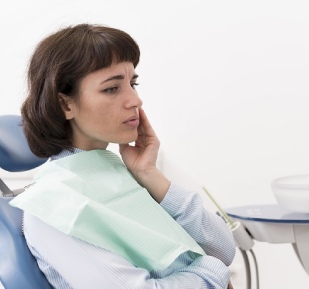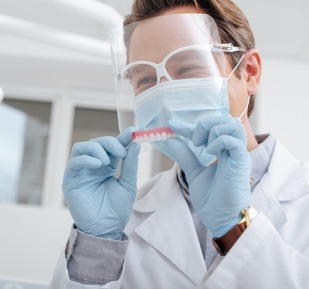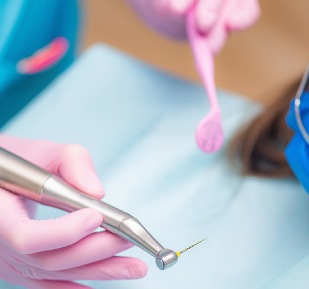Childrens' Oral Habits

If some of the common oral habits of children are not stopped or prevented at a certain age, the balance in the eruption of teeth changes which will lead to the deterioration of the health of both temporary teeth and permanent teeth. These habits are finger sucking, prolonged pacifier or bottle use, lip- cheek biting, infant swallowing-tongue thrusting, nail biting, teeth grinding and mouth breathing.
Oral habits can cause bite problems, abrasion and cracks, periodontal disease, functional disorders of the jaw joints, deformations of mouth and surrounding tissues, speech disorders and it can have a negative impact on facial development depending on the severity and frequency of bad habits. Most of these habits often go unnoticed or are considered insignificant by parents. It is extremely important to detect and eliminate oral habits in an early stage before permanent teeth erupts.
Pacifiers should not be used as a means of calming the baby. Baby's sucking the pacifier should be limited as much as possible, it should not be given to the baby by dipping it in foods such as honey and jam. It is adviced to take the pacifier out of the baby's mouth as soon as s/he falls asleep and completely stop using it no later than 2 years of age.
Since stress and pressure are the underlying factors of thumb sucking, nail biting, teeth grinding, lip and cheek biting habits, it is necessary to eliminate these factors first. Families should not react harshly to their children with these habits and should not resort to punitive and restrictive methods. In some cases, it is recommended to get psychological support. Praising and awarding children's good behavior is a good method to prevent bad habits.
Sometimes, high dental fillings can also be a factor in teeth grinding.
Factors that cause mouth breathing in children should be identified and treated.
In cases where oral habits lead to dental problems, it is ensured children have a healthy bite in permanent dentition period with habit breakers used during the period of mixed dentition, thus reducing requirements for advanced orthodontic treatment.







